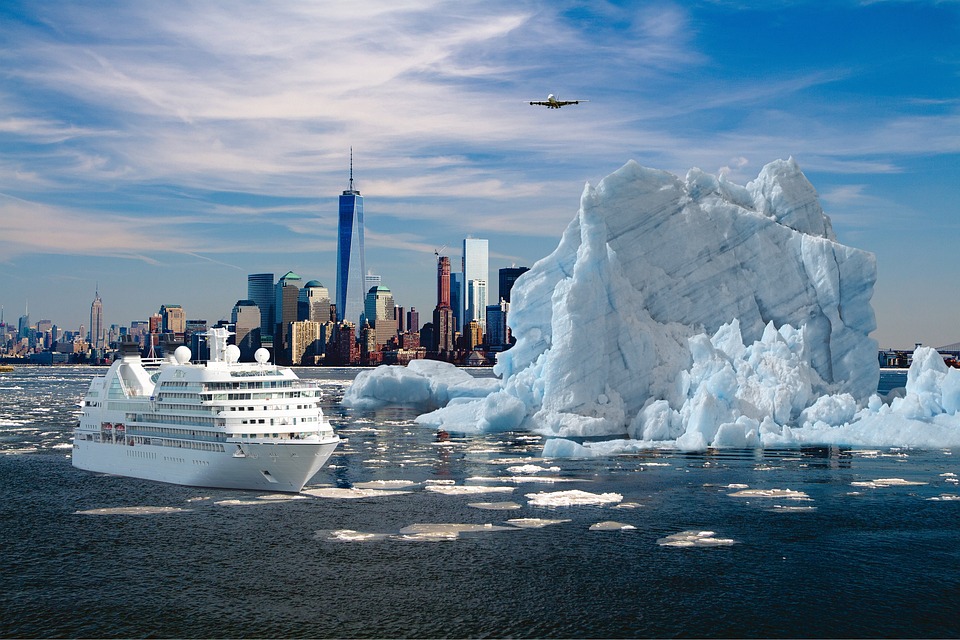What Is the Climate of Yellowstone National Park? A Guide to Weather Patterns in One of America’s Natural Wonders
Yellowstone National Park, spanning across Wyoming, Montana, and Idaho, is renowned for its stunning landscapes and diverse ecosystems. Understanding the park’s climate is essential for visitors to plan their trips effectively and enjoy the park’s natural beauty safely. The park’s high elevation significantly influences its weather patterns, leading to unique climatic conditions.
General Climate Overview: Alpine and Mountain Climate
Yellowstone’s climate can be classified as an alpine and mountain climate due to its average elevation of over 6,000 feet (1,829 meters). This elevation results in:
– Cold Winters: Characterized by heavy snowfall and sub-zero temperatures, particularly at higher elevations.
– Mild Summers: Generally warm but with significant temperature variations between day and night.
– Sudden Weather Changes: Visitors should be prepared for unpredictable weather, including rain or snow at any time of year.
Temperature and precipitation can vary dramatically across the park, influenced by its topography. For example, lower areas like Mammoth Hot Springs experience milder conditions compared to the colder, snowier higher elevations like Mount Washburn[1][2].
Seasonal Climate Breakdown
Winter (December to February)
– Average Temperatures: Range from 0°F to 20°F (-18°C to -6°C), with extreme lows in higher elevations.
– Snowfall: Heavy snowfall is common, especially in mountainous areas; average annual snowfall can reach 150 inches (381 cm), with higher elevations receiving even more.
– Activities: Ideal conditions for winter sports such as snowshoeing and cross-country skiing.
Spring (March to May)
– Average Temperatures: Gradually warming from 20°F to 50°F (-6°C to 10°C).
– Weather Conditions: Snow begins to melt, increasing river flows and creating muddy conditions in lower elevations. Visitors can expect a mix of snow, rain, and sunshine.
Summer (June to August)
– Average Temperatures: Range from 40°F to 80°F (4°C to 27°C), depending on altitude.
– Weather Patterns: Mostly dry and sunny with occasional afternoon thunderstorms. This season sees the highest visitor numbers due to pleasant weather and accessible trails.
Autumn (September to November)
– Average Temperatures: Cooling from 20°F to 60°F (-6°C to 15°C), with early snowfall possible.
– Visitor Experience: Fewer crowds and beautiful fall foliage; however, conditions can cool sharply by late fall.
Regional Climate Variations Across Yellowstone
The park exhibits significant climate variations based on elevation and geography:
– Low-Lying Areas vs. High Elevations: Mammoth Hot Springs experiences milder weather compared to the colder conditions found at higher elevations like Mount Washburn.
– Thermal Areas Influence: The presence of geothermal features such as geysers and hot springs creates localized microclimates that can affect temperature and humidity levels.
– Precipitation Patterns: Eastern mountains often receive more snowfall than western regions, contributing to diverse ecosystems within the park[1][5].
Unique Weather Phenomena in Yellowstone
Yellowstone’s mountainous terrain leads to several unique weather phenomena:
– Sudden Temperature Changes: Rapid shifts in temperature can occur, making it essential for visitors to dress in layers.
– Geothermal Features Impact: The park’s geothermal activity affects local microclimates, often resulting in warmer temperatures near hot springs.
– Lightning Storms in Summer: These storms can lead to wildfires during dry years, making summer a critical time for fire management[3][4].
Wildlife and Climate Adaptations
The wildlife in Yellowstone has adapted remarkably well to the park’s climate extremes:
– Animals exhibit behaviors such as hibernation or migration in response to seasonal changes.
– Winter snowfall affects animal movement patterns and food availability.
– Various species have evolved specific adaptations that enable them to thrive in Yellowstone’s alpine environment[5][6].
FAQs
What is the best time to visit Yellowstone for good weather?
Summer months (June-August) are ideal for pleasant weather and accessibility.
Does it snow year-round in Yellowstone?
Yes, snow can occur at any time of year, particularly at higher elevations.
How does Yellowstone’s elevation affect its climate?
Higher elevations lead to colder temperatures, increased snowfall, and greater variability in weather patterns.
Are summers in Yellowstone hot?
Summers are generally warm but can be cool at night; temperatures vary significantly by elevation.
Is it safe to visit Yellowstone in winter?
Yes, but visitors should be prepared for cold temperatures and potential road closures due to snow.
What should visitors know about sudden weather changes in the park?
Weather can change rapidly; it’s crucial to dress in layers and carry rain gear regardless of the season[2][6].
Conclusion
Yellowstone National Park features a dynamic alpine climate characterized by cold winters, mild summers, and unpredictable weather patterns. Understanding these climatic conditions is vital for visitors aiming to explore this natural wonder safely. By preparing for varying weather conditions and appreciating the unique seasonal experiences offered by Yellowstone’s climate, visitors can fully enjoy the park’s breathtaking beauty.

Kyle Whyte is a notable scholar and professor at the University of Michigan, holding positions such as the George Willis Pack Professor in the School for Environment and Sustainability and Professor of Philosophy. Specializing in environmental justice, his work critically examines climate policy and Indigenous peoples’ ethics, emphasizing the nexus between cooperative scientific endeavors and Indigenous justice. As an enrolled Citizen Potawatomi Nation member, he brings a vital perspective to his roles as a U.S. Science Envoy and member of the White House Environmental Justice Advisory Council. His influential research is supported by various prestigious organizations including the National Science Foundation, and disseminated through publications in high-impact journals. Kyle actively contributes to global Indigenous research methodologies and education, with affiliations to numerous institutes and societies dedicated to traditional knowledge and sustainability. Recognized for his academic and community engagement, Kyle has earned multiple awards and served in various visiting professorships. His efforts extend to leadership positions on boards and committees focused on environmental justice nationwide.
